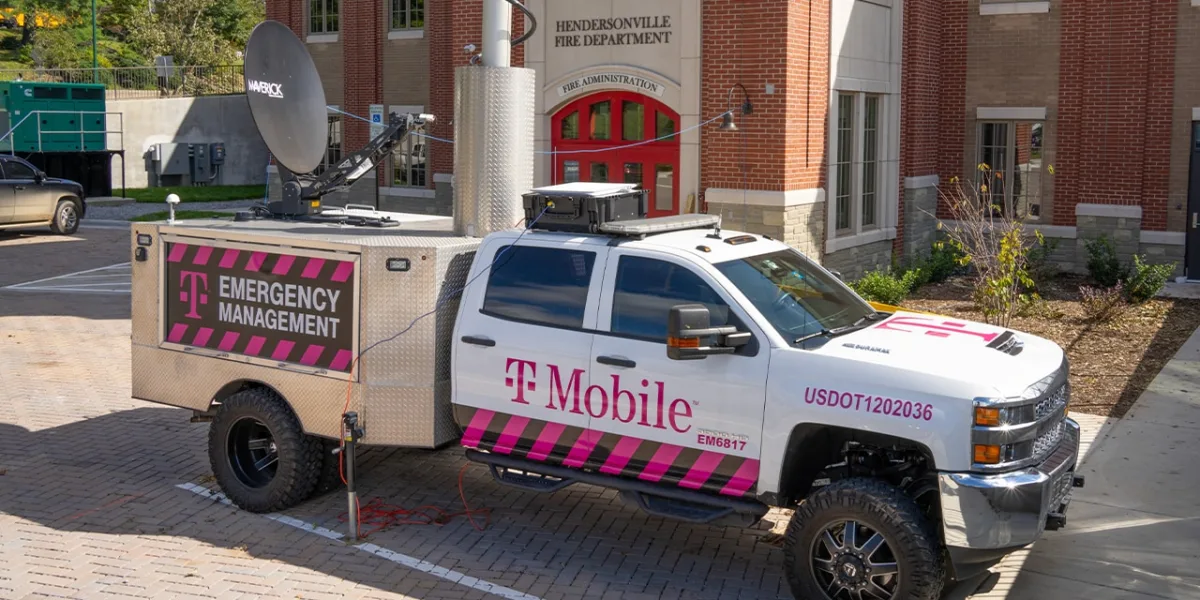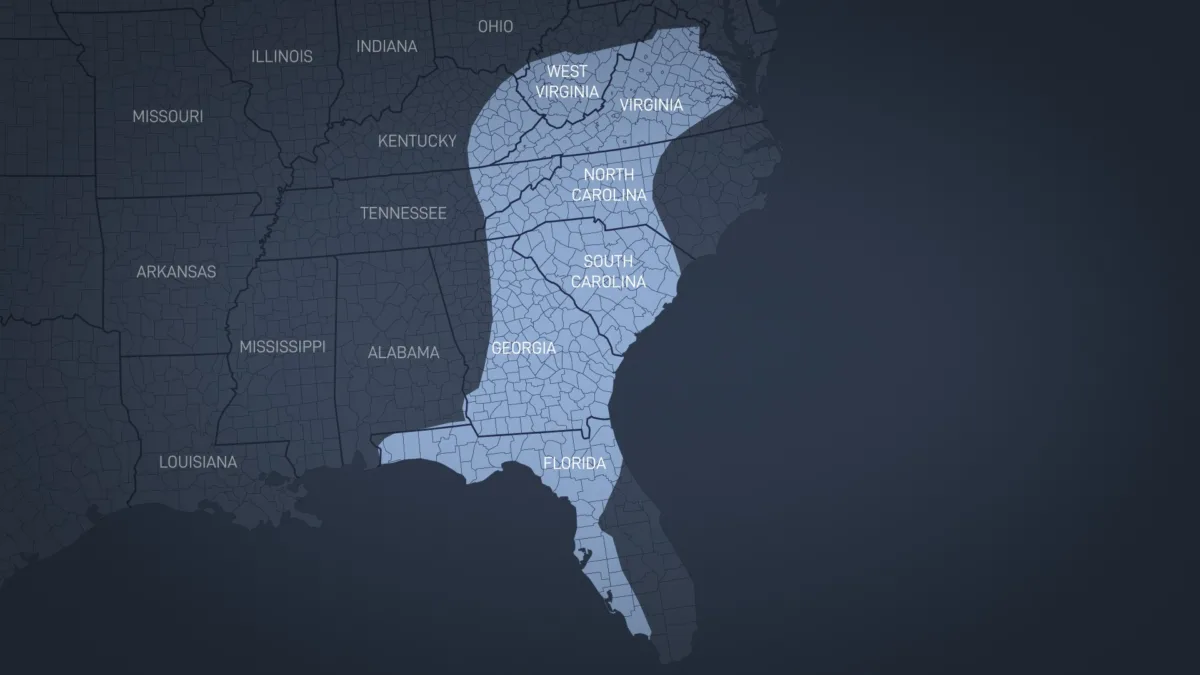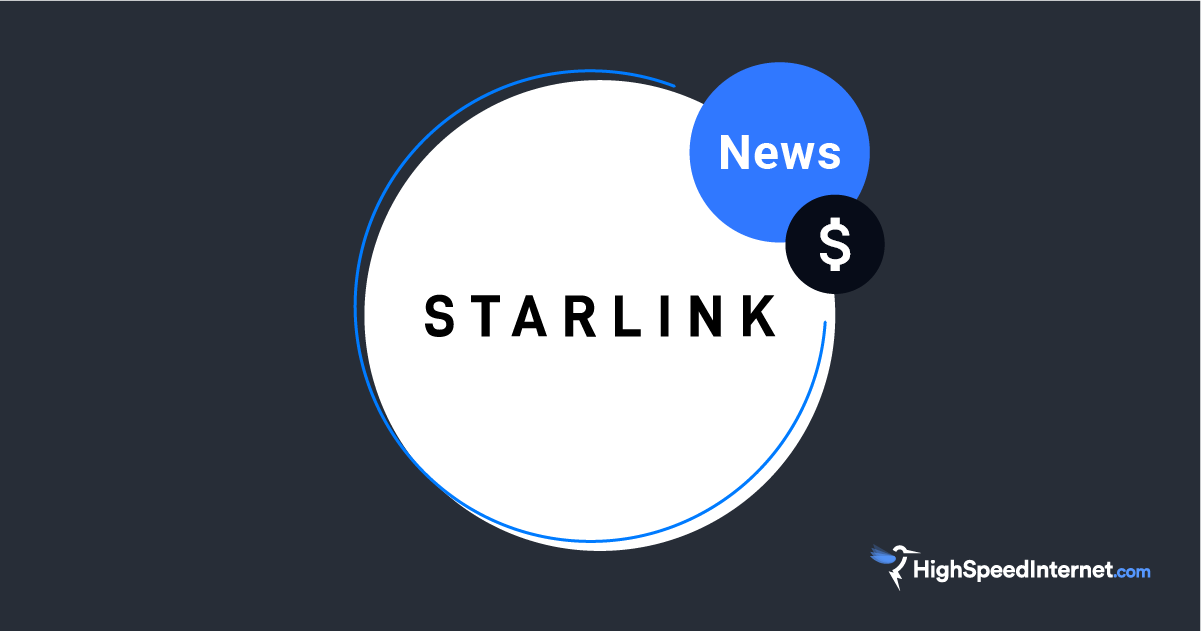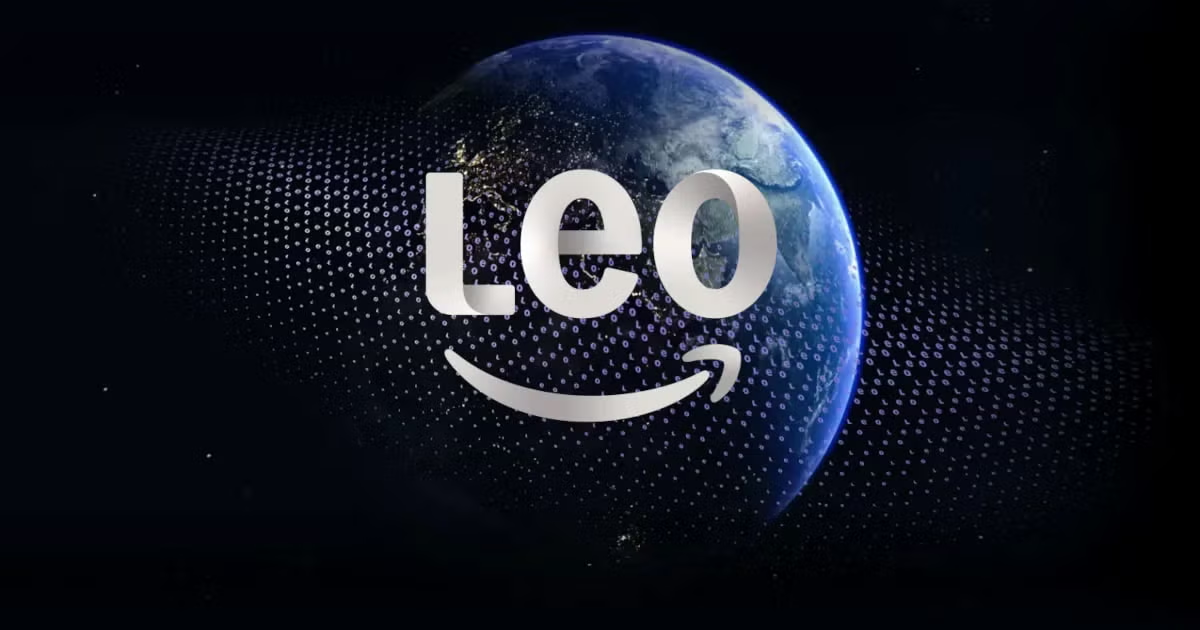Phone and Internet Providers Work To Restore Connectivity After Hurricane Helene
Learn what your provider is doing to help
Oct 8, 2024 | Share
Emergency, News
Mobile phone and internet providers across the Southeastern U.S. jumped into action in the wake of Hurricane Helene, offering everything from charging stations and free Wi-Fi hotspots to waived overage charges and free service.
T-Mobile, Verizon, and AT&T were some of the first on the scene with equipment like mobile generators, cell-enabled drones, cell towers on light trucks, and satellite trailers.
Each tower that went back online meant connectivity for thousands because mobile phone companies are required to offer automatic roaming service to one another’s customers for voice and talk if their own network is inoperable.
Crews worked night and day to restore coverage. By Oct. 7, the FCC said cellular service was up in huge swaths of the disaster area but that some areas in Tennessee, North Carolina, South Carolina, and Georgia still faced outages.
Percent of cell sites out of service by Oct. 7, 2024

Meanwhile, the Federal Communications Commission relaxed qualification standards for its Lifeline Program in an effort to help households stay connected.
Here’s a look at what the biggest providers are doing in Helene’s aftermath.
T-Mobile launches direct-to-cell satellite texting plus unlimited talk and text
T-Mobile made careful preparations before the storm hit by installing permanent batteries and generators on key cell sites, data centers, and switching centers. After the storm, T-Mobile sent out a fleet of portable generators, temporary satellite-enabled cell towers, drones, microwave solutions, and VSAT (very small aperture terminal kits).
The company also offered financial help by extending unlimited talk and text to all customers through Oct. 4.
On Oct. 6, T-Mobile had also enabled text messaging via satellite internet to customers in parts of North Carlina who could not yet connect on T-Mobile’s cell network. The move utilized Starlink satellites and required special temporary authority from the FCC.
“While SpaceX’s direct-to-cell constellation has not been fully deployed, we felt that getting even this early test version into the hands of people on the ground could provide vital support as teams work to get infrastructure and services back online and help first responders with rescue efforts,” the company said in a press release.
In that same release, T-Mobile said it had restored network connectivity in more than 99% of its coverage area.

Verizon sends drones, trucks and trailers—waives overage fees
Verizon sent out satellite-enabled trucks and drones to restore network connectivity quickly after the storm hit, and announced it had restored service to more than 90% of its cell sites by Oct. 7. Daily Verizon updates kept customers and first-responders informed.
As the company worked to repair the fiber backbone of its network and keep emergency generators fueled, it sent engineers to evaluate satellite solutions for continuity of service.
The company also offered multiple charging stations and free Wi-Fi hotspots throughout the affected area and waived overage charges in affected areas through Oct. 27. In addition, it donated $325,000 to relief efforts.

AT&T connects first responders, waives overage fees
AT&T operates the FirstNet Response Operations Group, charged with providing seamless communication for public safety officials. Even before the storm arrived, the FirstNet team was busy helping hospitals, emergency centers, fire departments, and airports communicate and distribute life-saving supplies.
The company used satellite-enabled drones, cell towers on trucks, and compact rapid deployables (CRDs) in the effort and waived talk, text, and overage charges for wireless and wired internet customers through Oct. 27, 2024.
Read regular AT&T updates related to Hurricane Helene recovery.

Starlink offers free month of service in affected areas
In addition to sending hundreds of Starlink kits to affected communities, Starlink offered a free month of service to new and existing customers throughout the affected area.
The federal government, private volunteers, local entities, and Starlink itself helped distribute the equipment and generators needed to power it.

Spectrum offers free hotspots and donates $250,000 in cash
Spectrum offered 90,000 free Wi-Fi access points to anyone who needed them across the Carolinas, Georgia, Florida, and Alabama in the wake of the storm, and made them available to all users through Oct. 7. The company also donated $250,000 cash and spent $750,000 on public service announcements on its own platforms.
Spectrum’s mobile service piggybacks on the Verizon 5G and 4G LTE Network.
Xfinity donates $500,000 and opens more than 360,000 hotspots
Huge swaths of Xfinity’s network was damaged by the storm, and the company worked day and night to restore service in Florida, Georgia, South Carolina, and Tennessee. As soon as service was up and power was restored, it offered more than 360,000 free hotspots to anyone who needed them.
The company also donated $500,000 in cash to disaster relief efforts and aired $500,000 worth of public service announcements.
Xfinity Mobile uses Verizon’s 5G and 4G LTE networks.
Read network updates from Xfinity and access the Wi-Fi hotspot map.
Not happy with your current provider?
AT&T, Spectrum, Xfinity, and more are making valiant efforts to restore connections to those affected by Hurricane Helene. If you’re not happy with the internet provider you have now, enter your zip code below to see if something better is available where you live.
What can you do to help after a storm?
Service has been restored in many areas affected by Hurricane Helene, but fiber cuts and downed trees are still causing outages in some areas. If you can get a signal, limit your communications to calling and texting to help preserve bandwidth for your neighbors and emergency responders.
In other words, now is not the time for streaming in 4K or downloading game updates if you can help it.
Staying clear of downed lines is also essential after a storm, for two reasons. First, any downed line could still have dangerous electricity running through it that could shock you or start a fire. Second, it’s much easier for crews to repair damaged lines than it is for them to replace cut lines.
How can you prepare for a storm?
There’s no way to know how much damage a storm or other natural disaster will cause before it arrives, but you can prepare by making a plan for your tech. You can also make a communications plan ahead of time.
Author - Chili Palmer
Chili Palmer covers home tech services, with a special focus on understanding what families need and how they can stay connected on a budget. She handles internet access and affordability, breaking news, mobile services, and consumer trends. Chili’s work as a writer, reporter, and editor has appeared in publications including Telecompetitor, Utah Business, Idaho Business Review, Benton Institute for Broadband & Society, and Switchful.com.
Editor - Jessica Brooksby
Jessica loves bringing her passion for the written word and her love of tech into one space at HighSpeedInternet.com. She works with the team’s writers to revise strong, user-focused content so every reader can find the tech that works for them. Jessica has a bachelor’s degree in English from Utah Valley University and seven years of creative and editorial experience. Outside of work, she spends her time gaming, reading, painting, and buying an excessive amount of Legend of Zelda merchandise.


